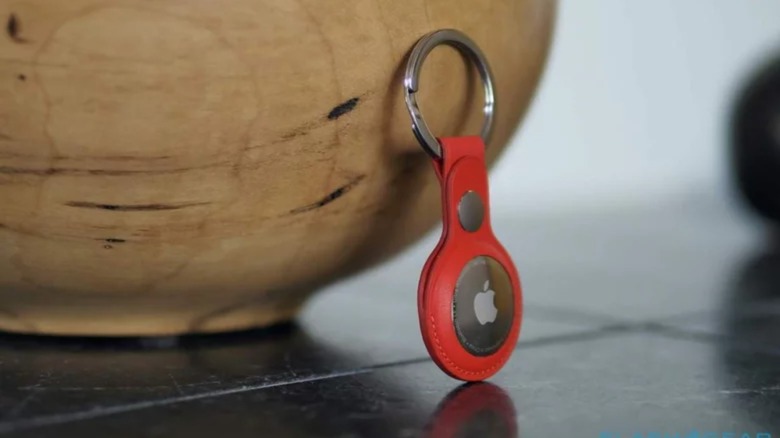After A Week With Apple AirTags, This Is What I Can't Work Out
If Apple's big strength is taking the complex and stressful and making it simple and elegant, then its AirTag tracker might be the most successful gadget from the company in years. It's no surprise, then, that since the tiny circular tags were announced earlier in the month, people have been brainstorming just what they might attach them to. I'm no different, though I've come to realize AirTags aren't yet entirely amenable to everything important in my day-to-day life.
You could throw an AirTag into a bag, suitcase, or glove compartment, but for most applications you're going to need an accessory. Since there's no hole or loop on the tracker itself, a keychain or loop is needed to attach your AirTag to your car keys or purse. In the process, that could actually double the price of the whole system for you.
What AirTags get right and wrong
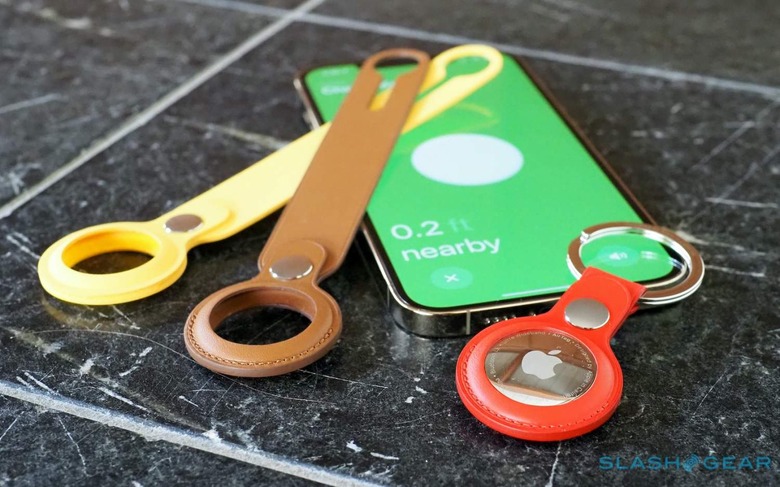
Where Apple leaves off, of course, the third-party ecosystem steps in. Rival trackers can't count on accessory makers jumping in with new add-ons, but AirTags are almost certainly to be popular enough that there'll be a flourishing aftermarket of keychains, tags, loops, and other peripherals. To begin with it's likely that they'll stick to the mainstream, like cheaper versions of Apple's own designs, but the arrival of more niche or imaginative alternatives only seem like a matter of time.
What they won't be able to do, though, is change the practicality of the core AirTag hardware. Apple's coin-like tracker is a compact 1.26 inches in diameter, and 0.31 inches thick, and it weighs 0.39 ounces. That's small enough to be negligible hanging from your keychain or backpack, but its shape may prove a headache depending on what exactly you want to keep tabs on.
While I know Apple would like me to just use Apple Pay and the digital wallet on iPhone, I do still carry a physical wallet around with me. With various cards, including my driver's license, in there, it's something I really wouldn't want to have go missing. In fact, it's an ideal candidate for an AirTag, or at least it would be if the shape was different.
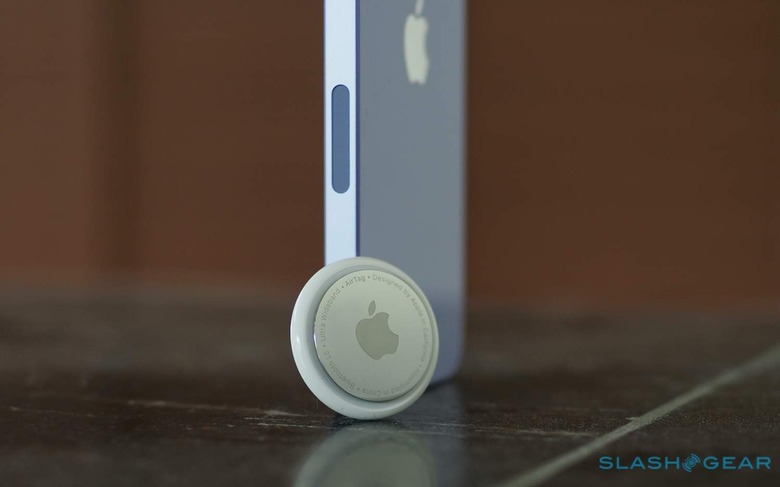
Like a round peg in a square hole, the AirTag just isn't designed to comfortably nestle into a traditional bifold wallet. Mine isn't even that skinny, just a regular leather wallet; those who've jumped on the slimline card-holder trend will find it even more incompatible with this first AirTag's dimensions.
What I need – and what I suspect a lot of people will want – is a version of AirTag shaped like a credit card. The absence of that today raises the question of Apple's longer-term plans for its tracking range, and whether it intends for this initial AirTag to be a standalone product or part of a family of devices offering the same core Find My location services.
Obviously Apple would need to change some things in order to make a shape switch like that possible. There are bigger challenges than just reworking the U1 hardware – Bluetooth, Ultra Wideband, and all – into a flatter form-factor, mind. One of the most pleasing aspects of AirTags and, frankly, the most surprising is that the battery is user-replaceable.
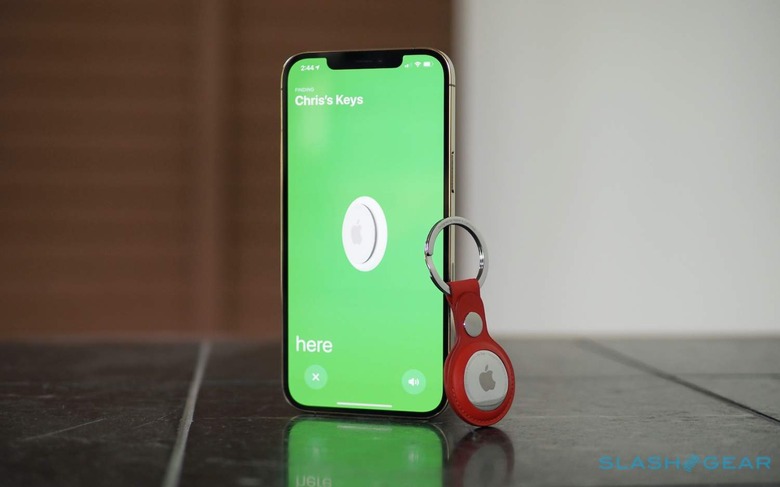
I don't think anybody would've been too surprised had Apple decided to take the easy option, and the one that in the long-term would be most lucrative, and completely sealed its AirTag design. After all, that approach makes waterproofing simpler, and it would also have allowed for a non-standard battery which could've made the tracker itself smaller. You can see how that works by looking inside the tiny casing of an AirPod.
Instead, though, it opted for a CR2032 button cell battery: widely-available, inexpensive, and easy to replace. An AirTag itself is hardly larger than that battery, in fact. Still, it does present an issue for alternative form-factors.
A credit card shaped AirTag, designed to fit into a wallet, purse, or luggage tag, could be much wider than the current, button-like tracker. However it would also have to be much thinner: we've seen how that works with Tile Slim, which the company says is the thickness of two credit cards. That's just too narrow for an off-the-shelf battery, and so Tile uses a custom battery which lasts for up to three years.
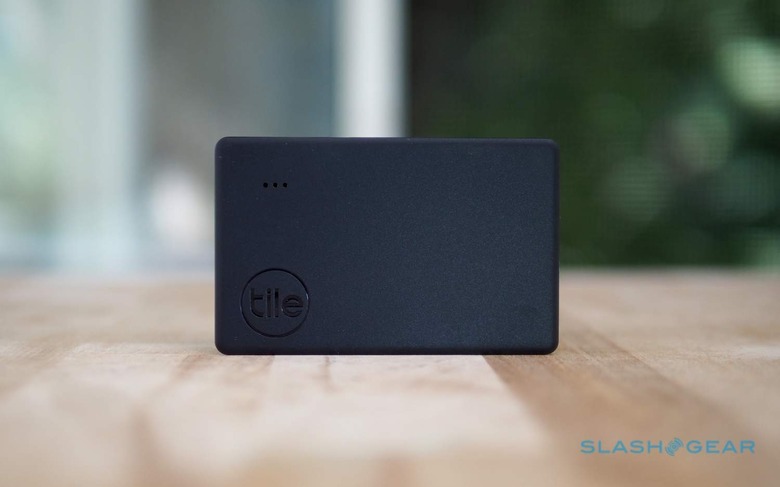
The downside is that it's not user-replaceable. Once the battery in your Tile Slim starts to lose charge, that's it: you can't top it up, and you can't swap it out yourself. If you're a Tile Premium subscriber you get free battery replacements every year, but that does mean paying a monthly or annual service fee.
There are more reasons than price to be wary, of course. Products with sealed batteries have an obvious environmental consequence to stomach, with many small electronics designed with little more than landfill in mind as their final resting place. Even Apple, which talks about recycling more than many consumer tech firms, hasn't figured out an effective way to extract everything from AirPods once they expire. Send your old earbuds to the company, and its e-waste partners will crack it open by hand and then tease out what few reusable elements can be rescued.
The fact that AirTag isn't facing the same fate, at least not until the hardware itself breaks or reaches obsolescence, is great. However it does potentially back Apple into a corner when it comes to alternative form-factors. A CR2032 battery is 3.2mm thick: that's already thicker than a Tile Slim, by comparison.
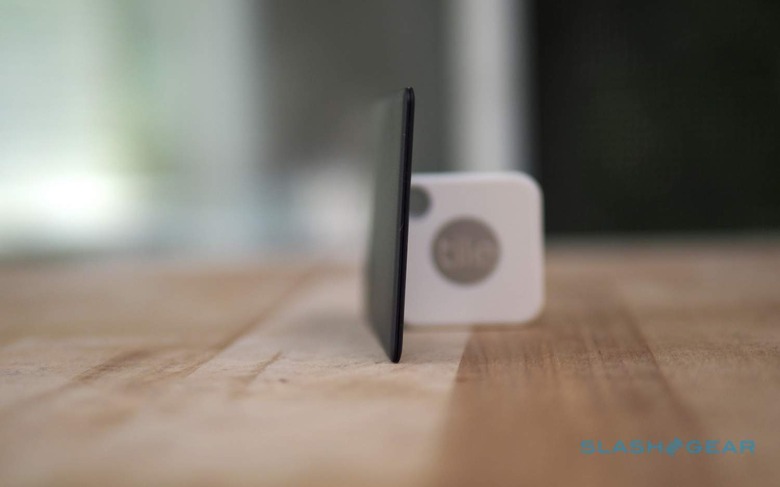
I'm not entirely sure where the reasonable compromise lies on all this. For usability, I'd really like a slimmer, card-like AirTag: losing my wallet now would be a headache, but it would've been even more distressing in the days when I was carrying my Green Card around with me all the time. If AirTag's purpose is to keep track of the everyday items that mean the most to you, I'd definitely say that wallets are a key candidate.
At the same time, the idea of eventually contributing to more landfill, and having to replace hardware every few years as the battery expires, doesn't sit especially comfortably with me either. Unless Apple comes up with a new recycling system which makes extracting reusable elements both cost-effective and efficient, it's difficult to see how a fixed battery could have true green credentials. Even if annual replacements were covered as part of an upgraded iCloud plan, I'd still like to know that the bulk of my old AirTag wasn't just ending up buried somewhere.
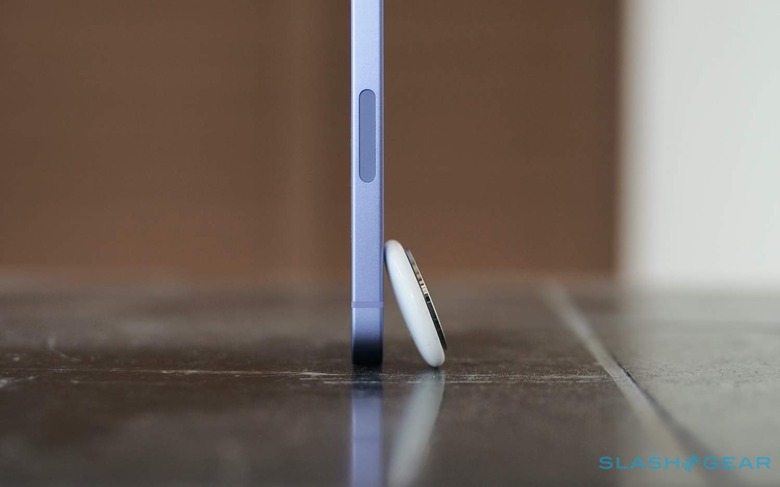
As a first product, I really like how AirTag works. Apple has nailed the ease of setup and use process, and features like Precision Finding are a legitimately huge step forward compared to how other trackers guide you to your absent items. What I can already tell is that AirTags could be something we quickly come to rely upon; until Apple figures out a version for different form-factors, hopefully I'll remember that not every item in my pockets is quite so resilient to getting lost.
